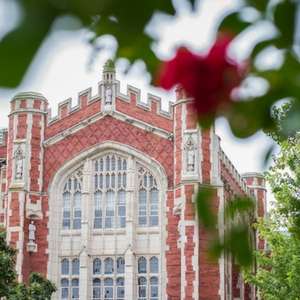New research, led by Stephenson Cancer Center physician-scientist Jennifer Holter-Chakrabarty, MD, points to a potentially more effective diagnostic test for marrow recovery in patients leukemia undergoing bone marrow and stem cell transplants. This research was recently published in the journal, Lancet Haematology.
Holter-Chakrabarty is an associate professor of medicine in the section of hematology/oncology at the OU College of Medicine and a leader of the Bone Marrow Transplant team at the Stephenson Cancer Center.
Her research reveals that a new diagnostic PET imaging test, known as 18F-fluorothymidine (18F-FLT) Radiolabeled Thymidine, can more effectively identify successful growth of newly transplanted cells in leukemia patients who have undergone bone marrow transplant. Traditionally, clinicians must wait for a series of weeks to see if the bone marrow is growing, and often confirm with biopsies of the marrow weeks after infusion of cells.
The 18F-FLT is highly visible in PET and CT scans, providing a more comprehensive image of the bone marrow compartment and can better differentiate between bone marrow growth or nongrowth in some patients as soon as five days following a marrow transplantation.
“With this novel imaging, it’s the first time that someone can predict bone marrow cell growth early following an infusion,” said Holter. “We can tell more quickly if a transplant is working and if there is an early growth pattern among new blood cells and the immune system.”
In leukemia, a patient requires extensive chemo and radiation treatments to kill out the hematopoietic stem cells (HSC) that form new blood, followed by infusion of bone marrow (transplant) to regenerate new and healthy marrow. It can take up to four weeks for the transplanted stem cells to be evident in the blood and bone marrow. During this time, a patient’s immune system is highly compromised, making them susceptible to life-threatening infections until new blood cells are generated.



